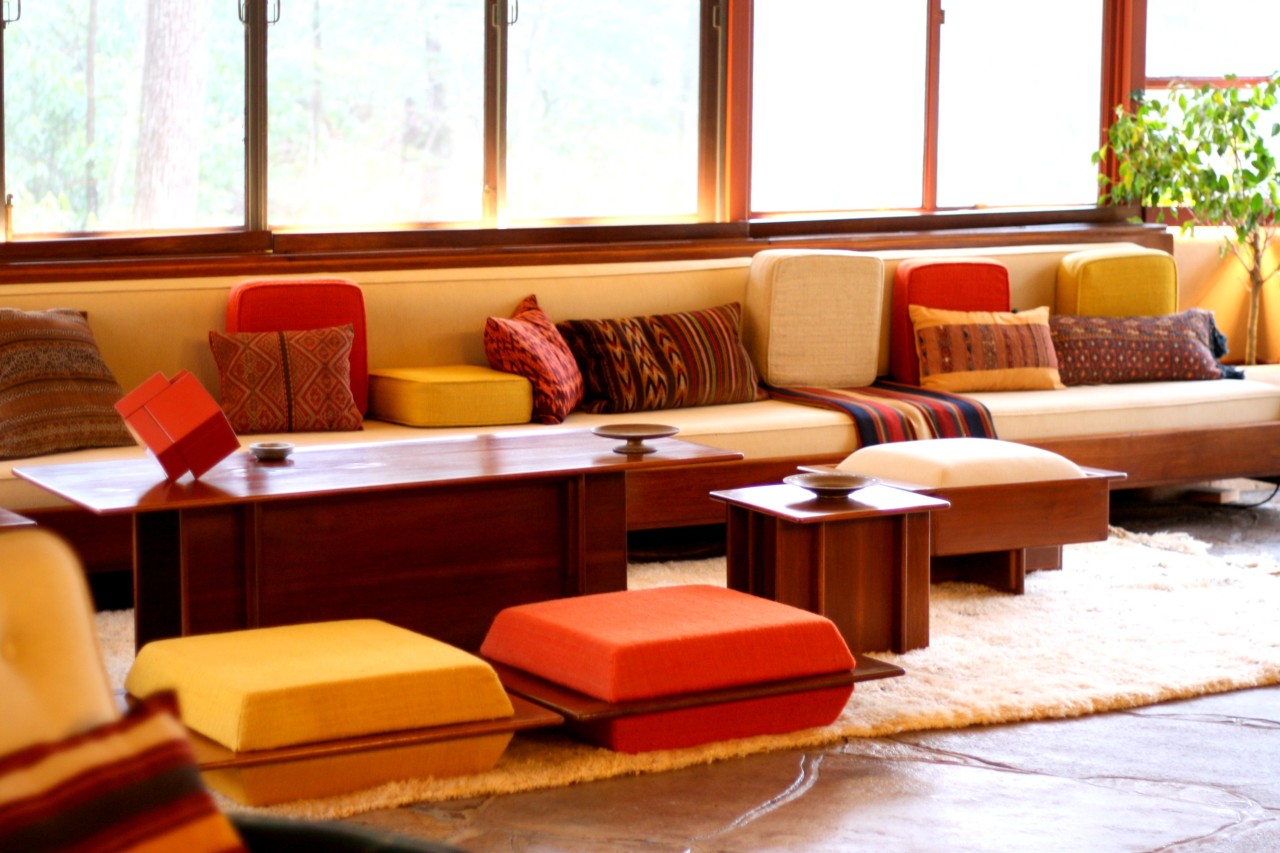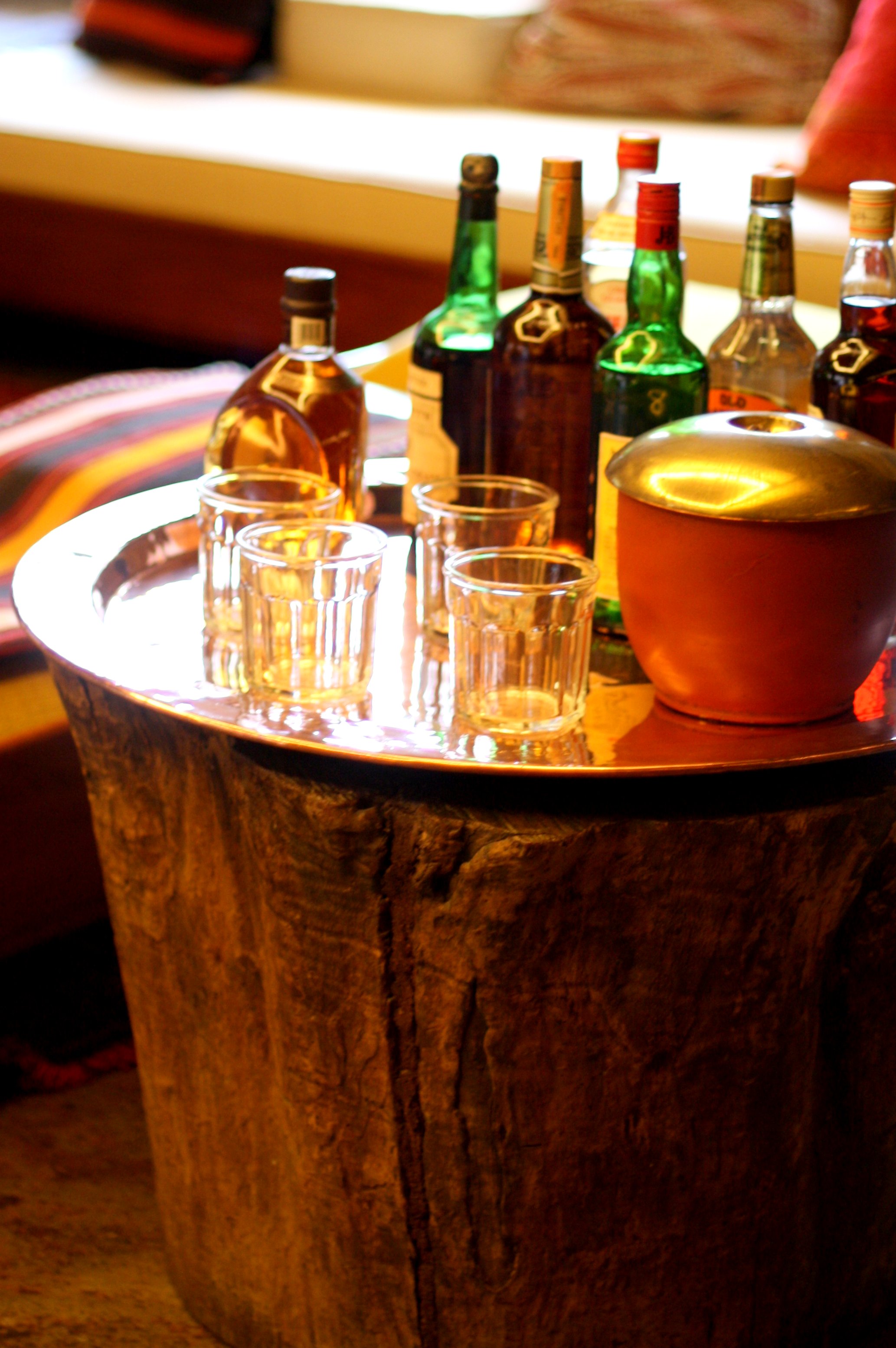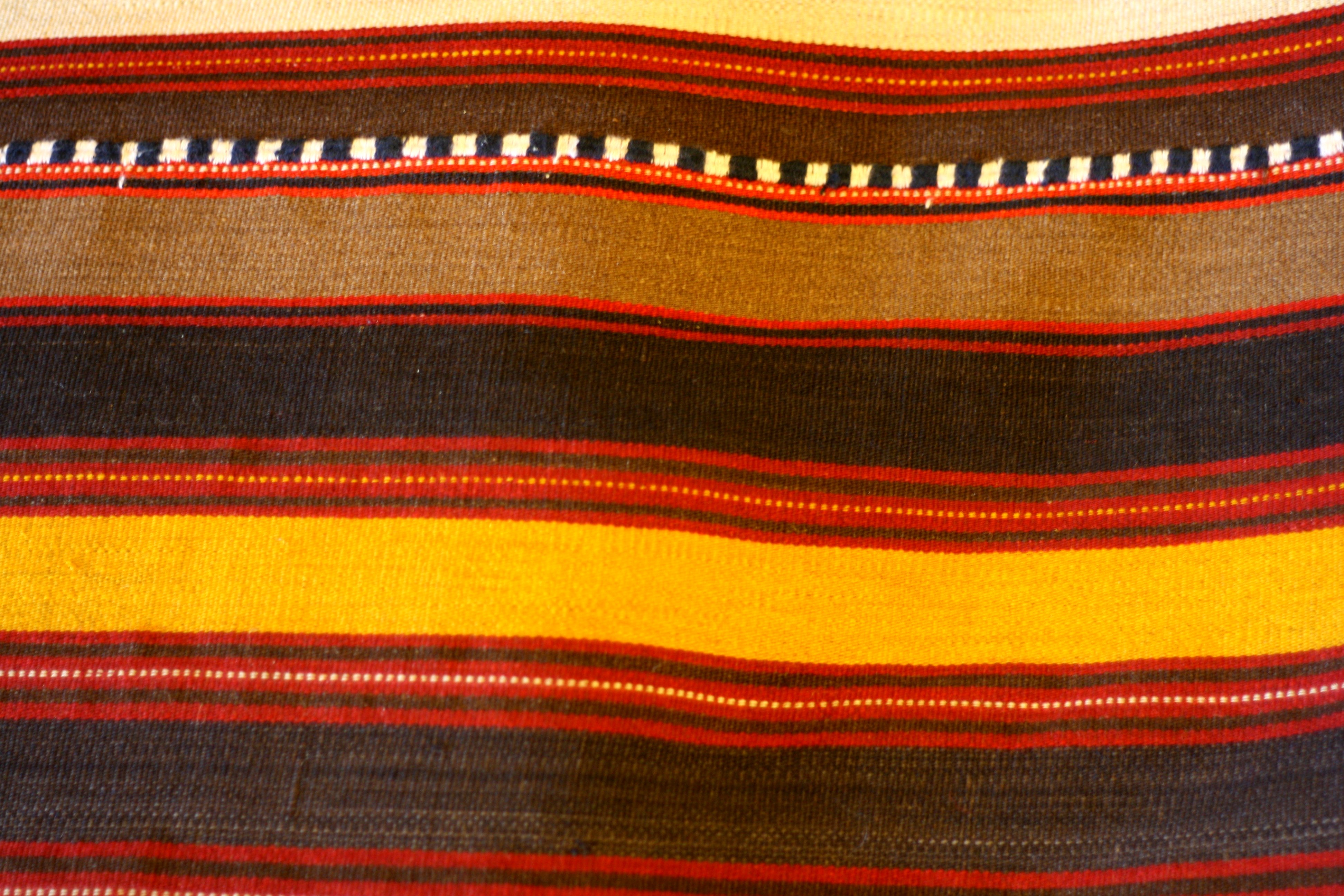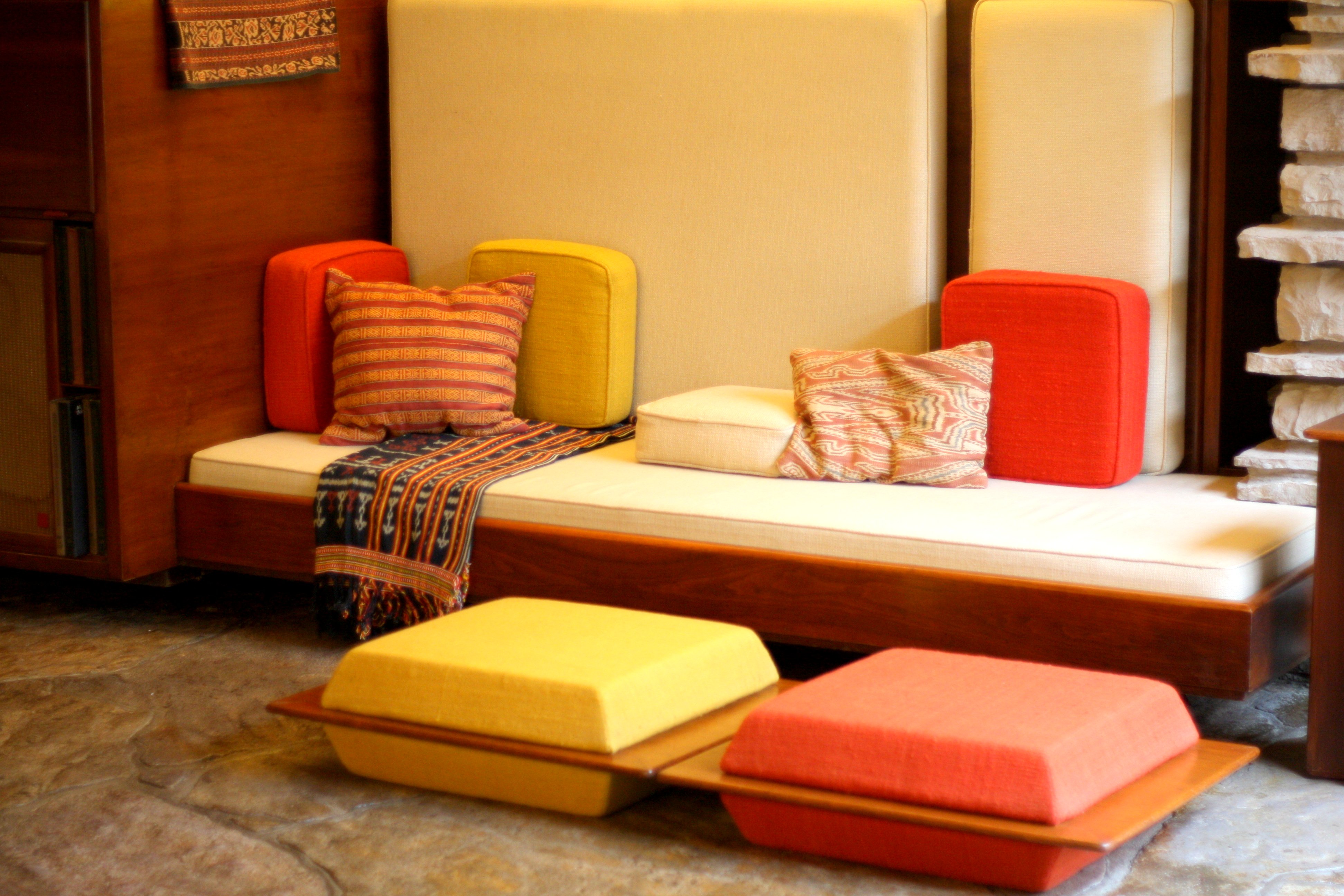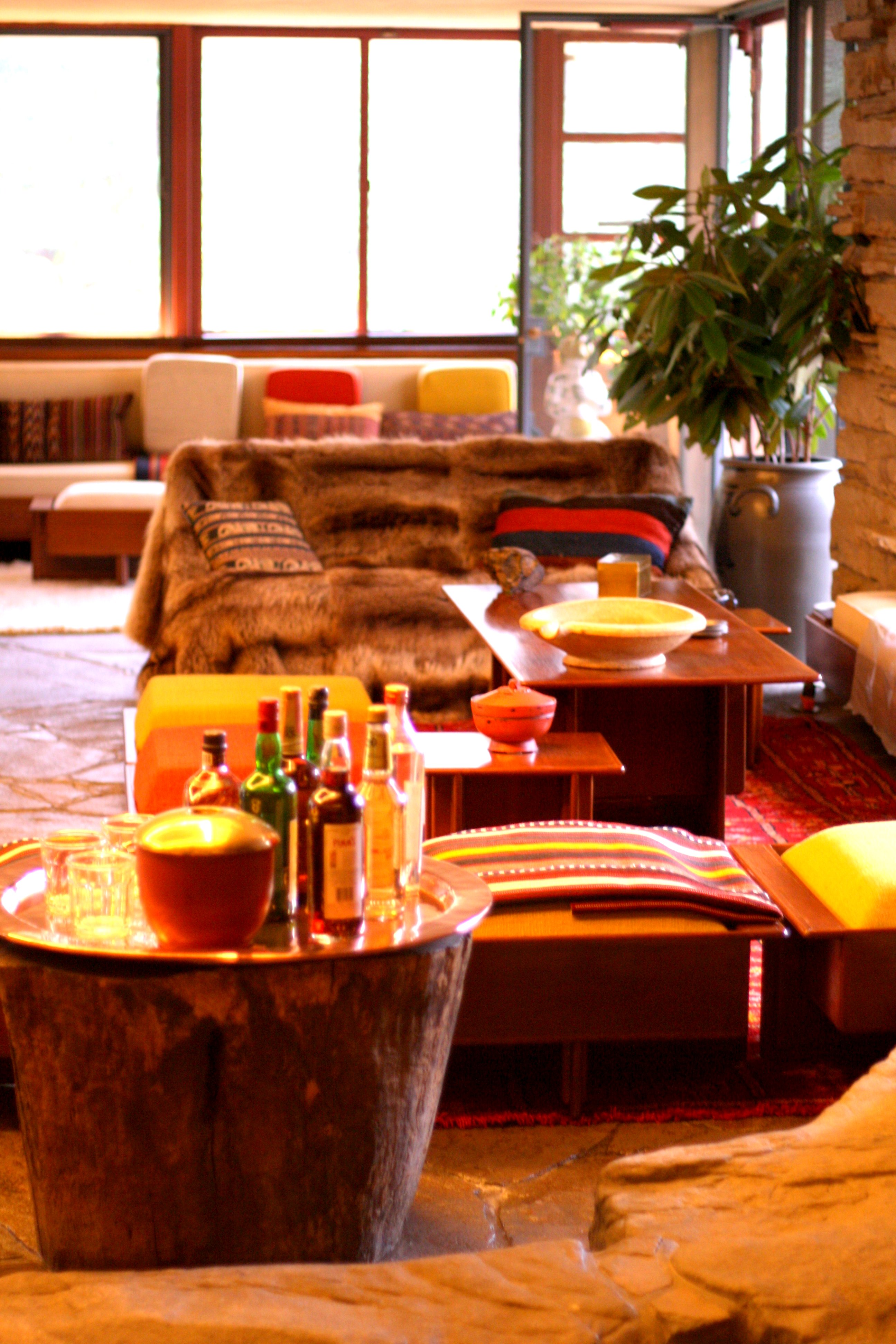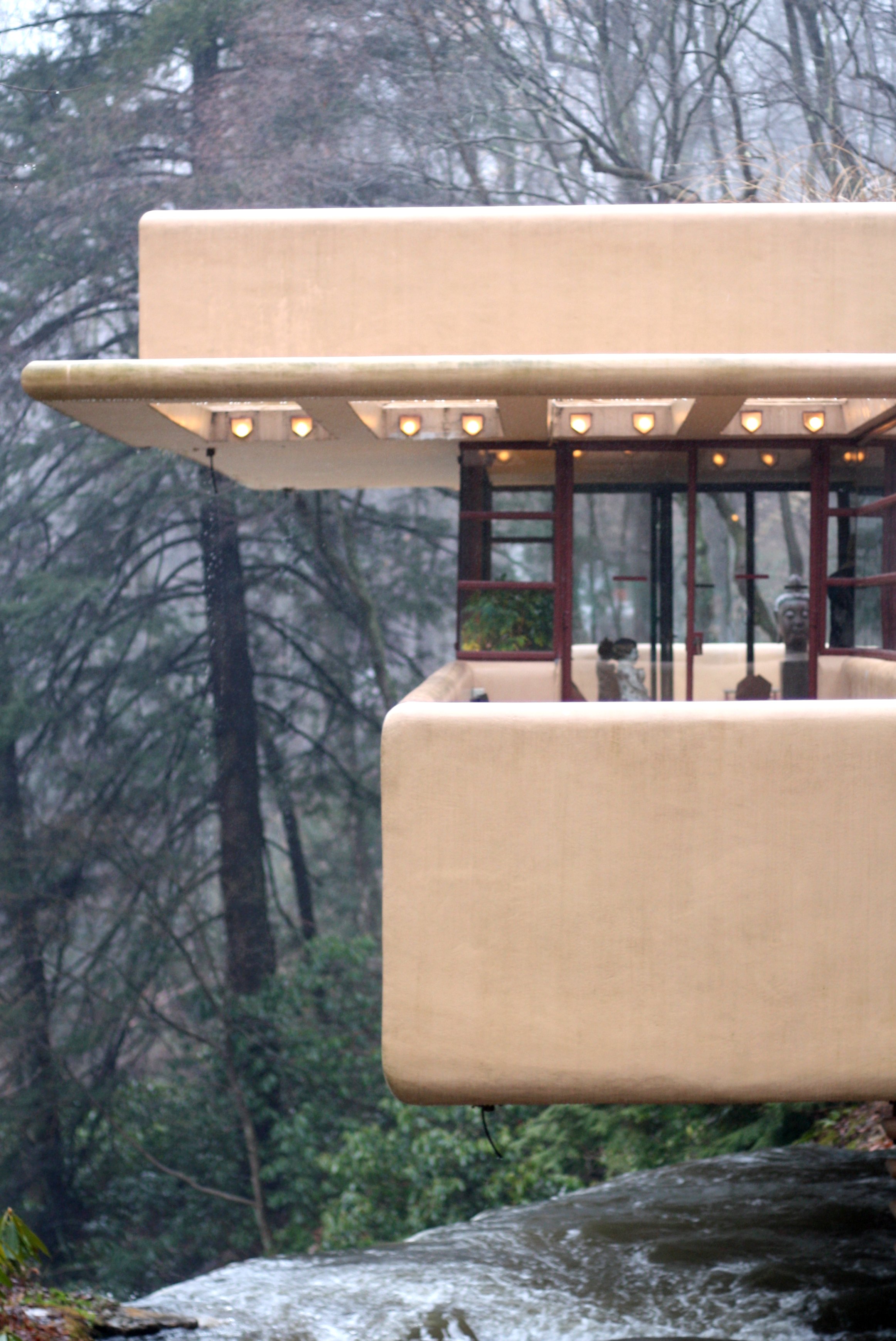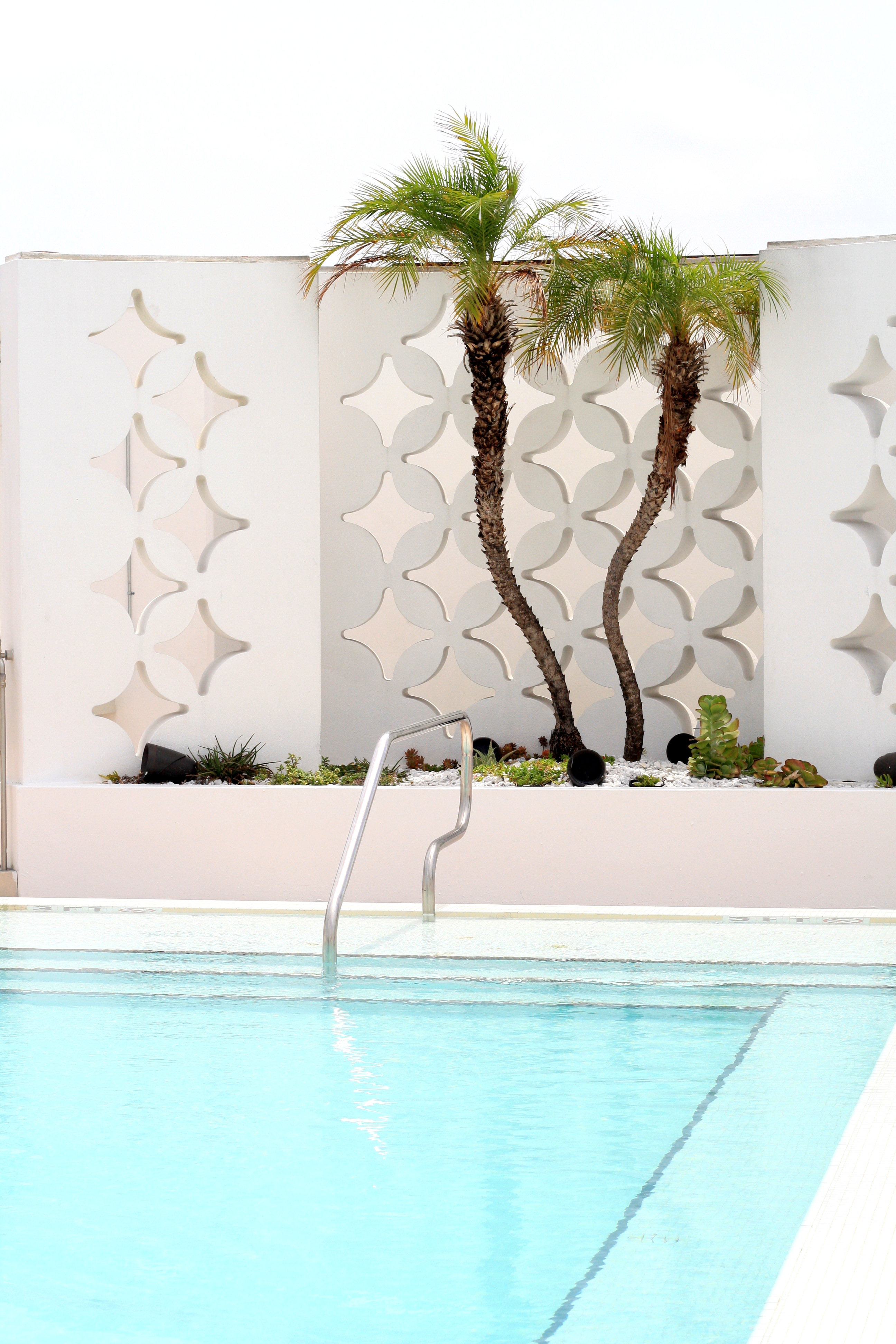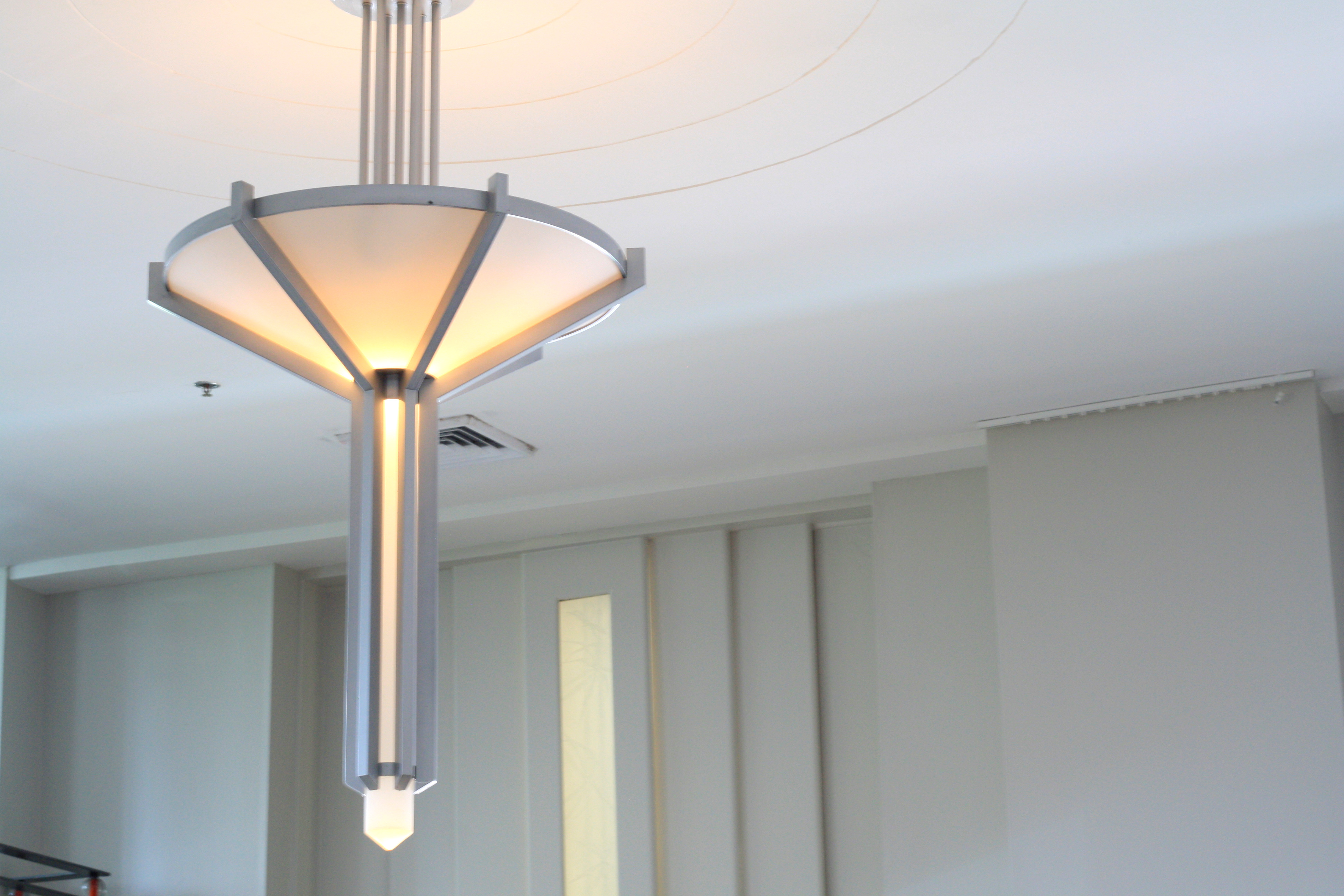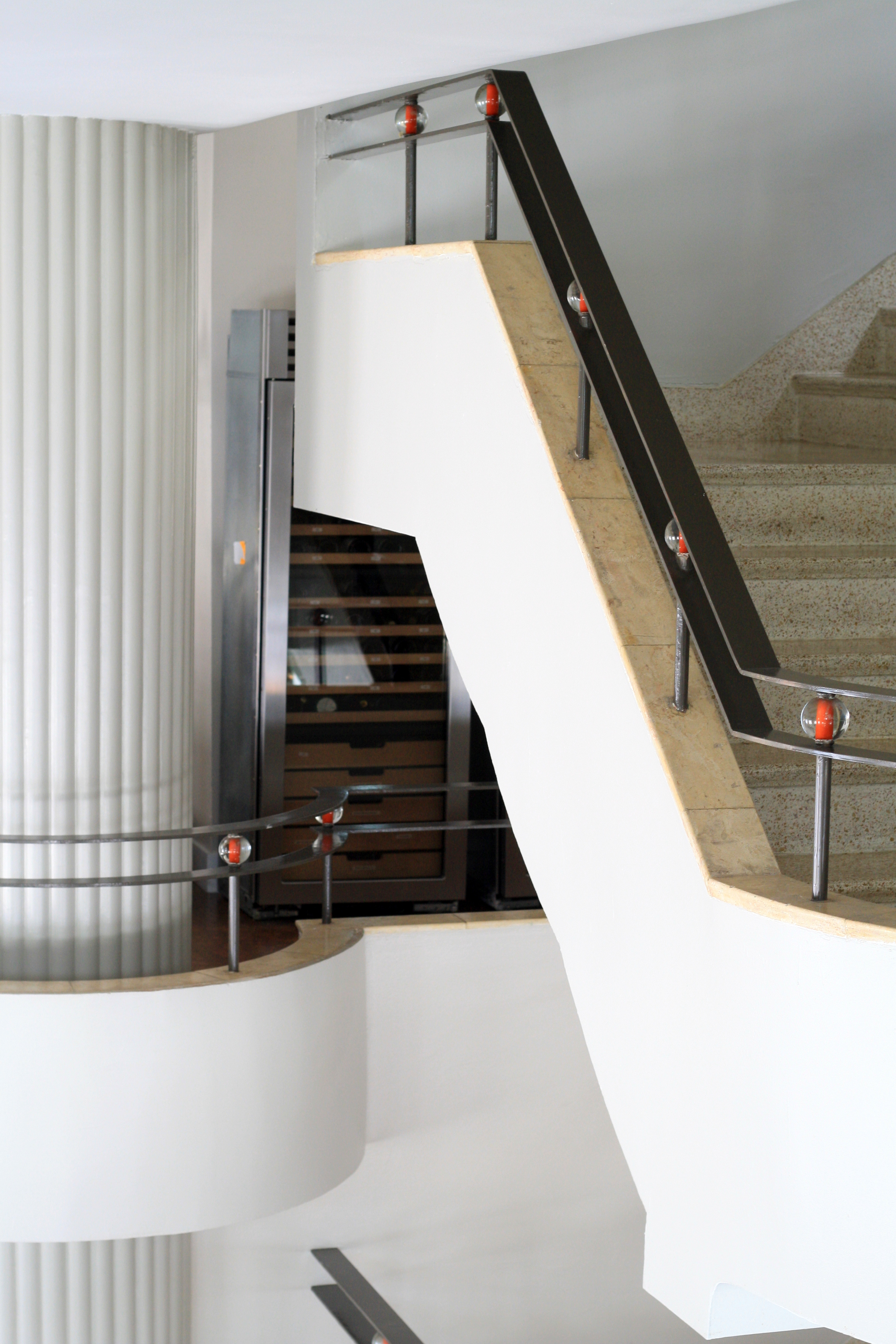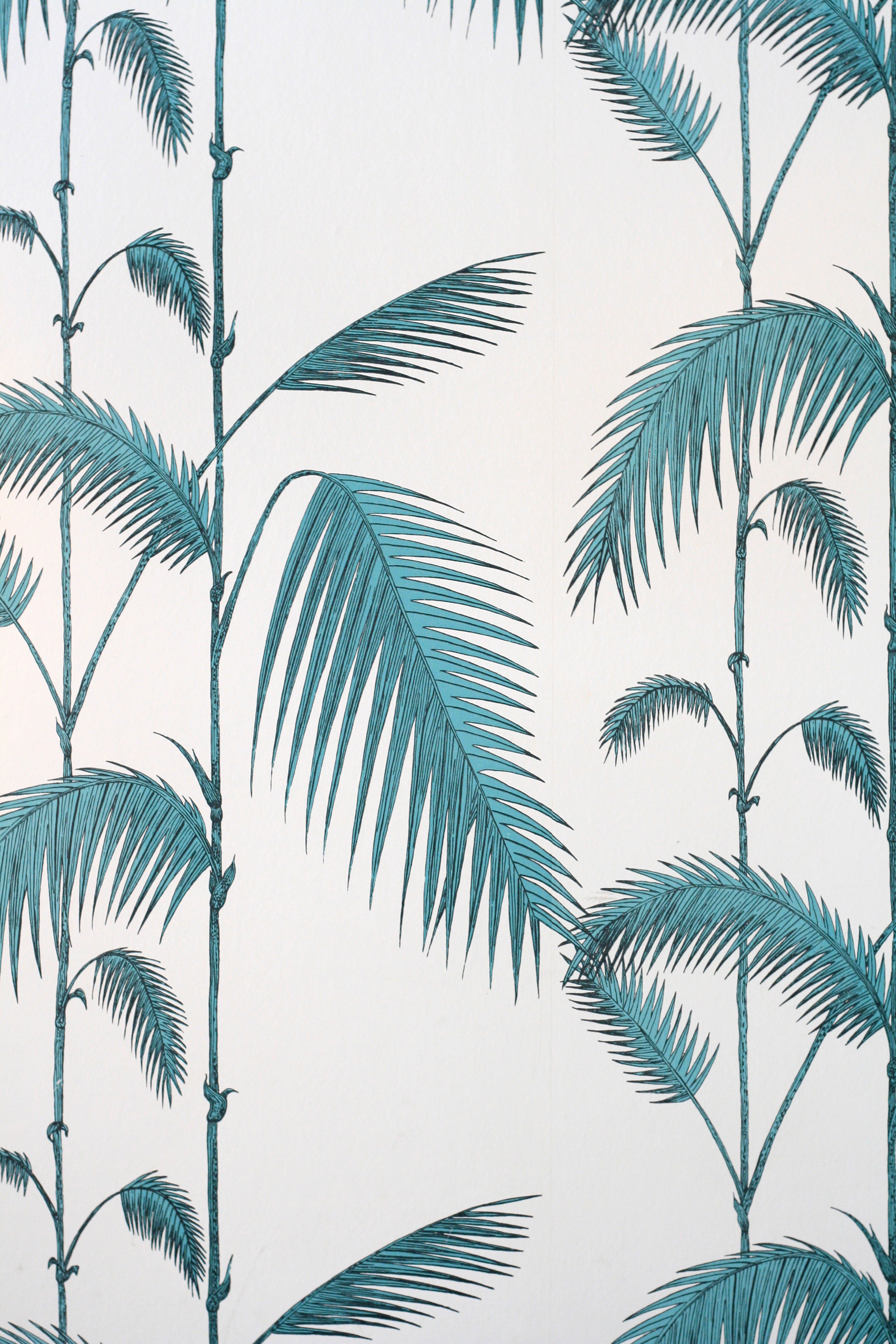I’ve always loved this image from Veranda – I love the choice of art, the colors, the textures, and especially the mix of styles. I think there are two reasons why mixing styles works so well in this image. The first is that pairing the antique dresser with a bright, colorful piece of contemporary art breathes life into the dresser, which could have a tendency to be overly stodgy or too precious. The second is that there is a tension created by placing two contrasting items next to each other that is much more interesting than if you didn’t.
I have a somewhat similar antique dresser that I absolutely love, and I’m dying to get a great abstract painting to go above it. If I did, this is how I would style it.
The gorgeous painting is by Michael Manning on Artsy, which is a great source of contemporary art, and I paired it with a wonderful occasional chair from Jonathan Adler, a unique lamp, and a simple box.
I also found several other options, below, that offer a similar take on the idea:

